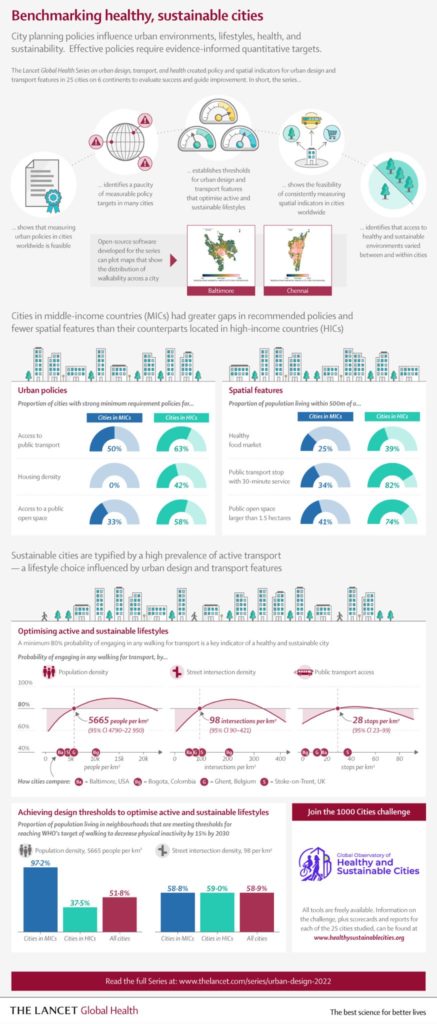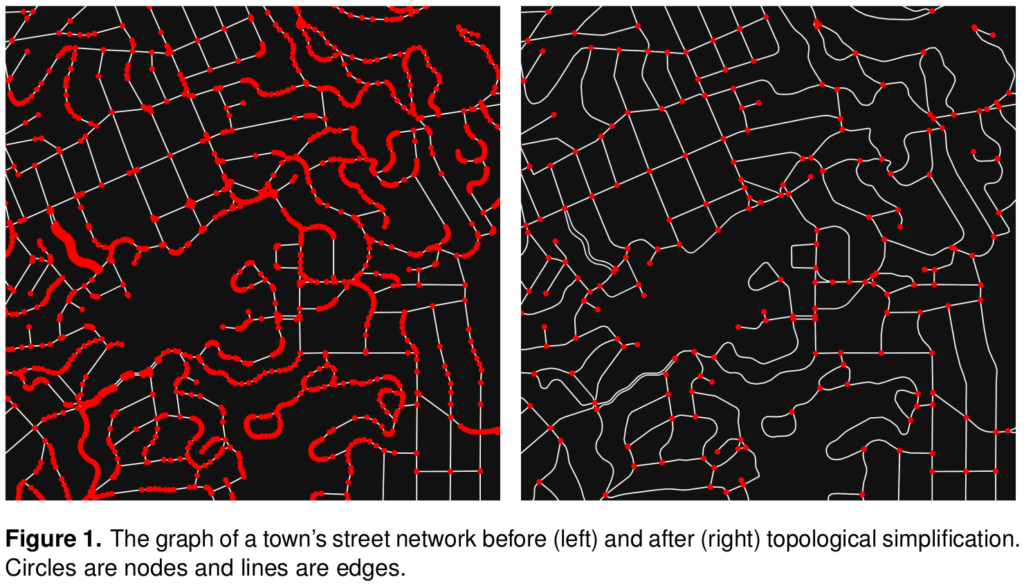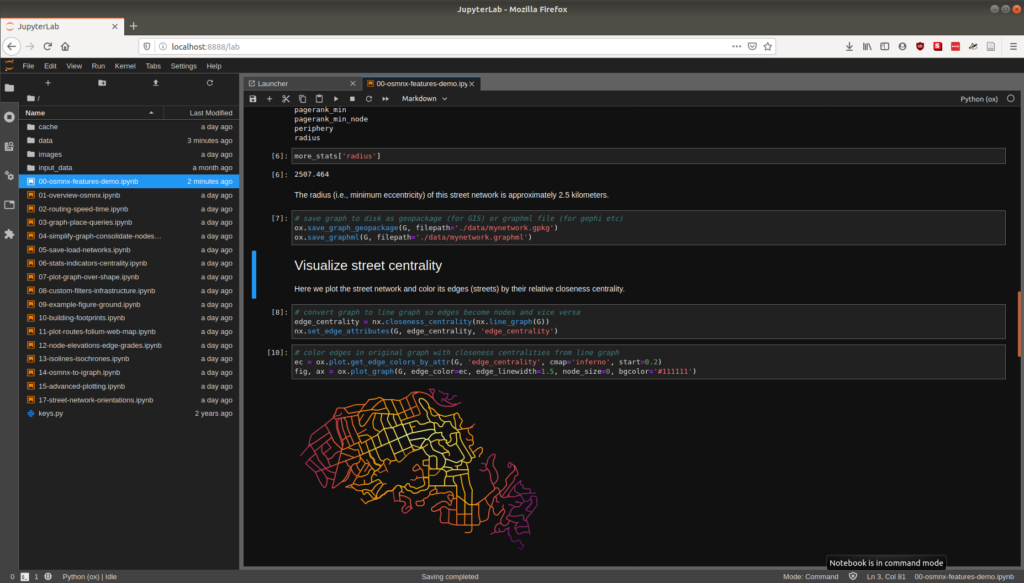In 1974, Robert Caro published The Power Broker, a critical biography of Robert Moses’s dictatorial tenure as the “master builder” of mid-century New York. Moses profoundly transformed New York’s urban fabric and transportation system, producing the Brooklyn Battery Tunnel, the Verrazano Narrows Bridge, the Westside Highway, the Cross-Bronx Expressway, the Lincoln Center, the UN headquarters, Shea Stadium, Jones Beach State Park and many other projects. However, The Power Broker did lasting damage to his public image and today he remains one of the most controversial figures in city planning history.
Today, The Power Broker may be the most well-known biography of any urban planner ever. Less-known: on August 26, 1974, Moses issued a turgid 23-page statement denouncing Caro’s work as “full of mistakes, unsupported charges, nasty baseless personalities, and random haymakers.” Moses’s original typewritten statement survives today as a grainy photocopy in the New York City Parks Department archive. To better preserve and disseminate it, I extracted and transcribed its text using optical character recognition and edited the result to correct errors. My transcription of Moses’s statement, alongside Caro’s response to it, is available here.
 In our first paper, we analyzed urban policies and calculated built environment indicators for 25 cities across 6 continents to assess walkability and accessibility. Our policy analysis found policies inconsistent with public health evidence, rhetoric endorsing health and sustainability but few measurable policy targets, and substantial implementation gaps.
In our first paper, we analyzed urban policies and calculated built environment indicators for 25 cities across 6 continents to assess walkability and accessibility. Our policy analysis found policies inconsistent with public health evidence, rhetoric endorsing health and sustainability but few measurable policy targets, and substantial implementation gaps. 
